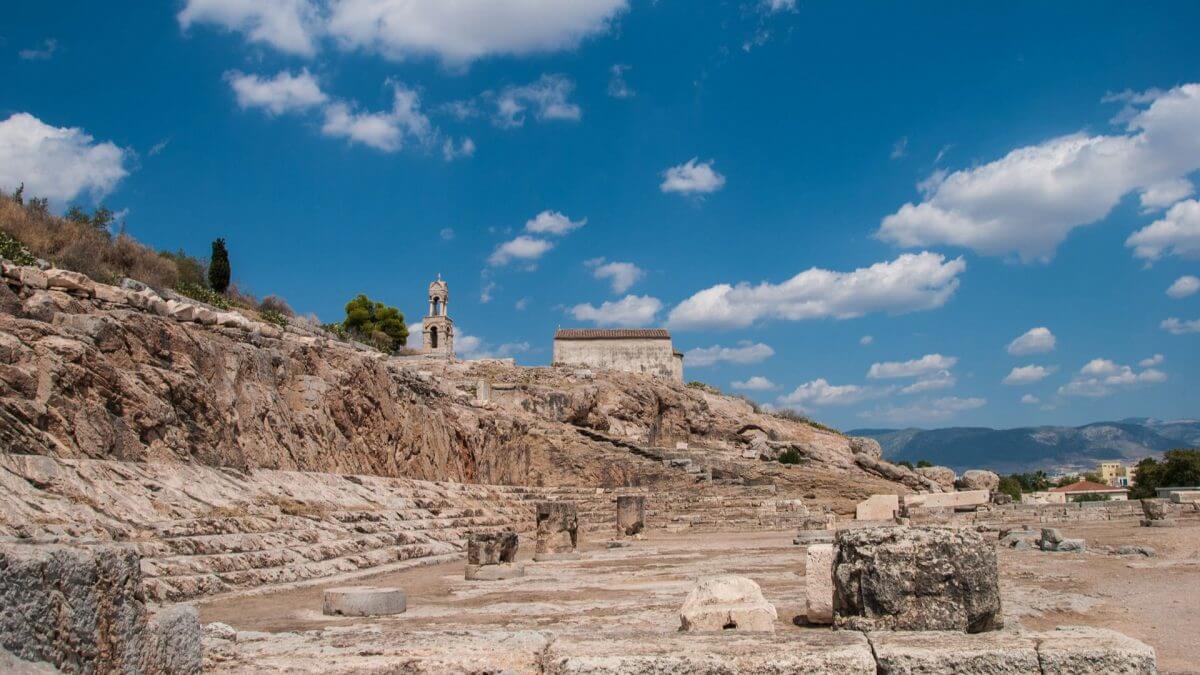The traditional olive harvest in Attica: an extraordinary experience in Attica’s nature!
The traditional olive harvest in Attica: an extraordinary experience in Attica’s nature!
It is the sacred tree of the goddess Athena, the eternal symbol of Attica and an indispensable part of Greek cultural heritage. With its wreaths, ancient Greeks used to crown the winners of the Olympic Games; with the juice of its fruits, they healed the sick. An everlasting symbol of peace, wisdom, fertility and beauty, the olive tree has been worshipped for thousands of years and still plays an outstanding role in the life, tradition and religious ceremonies of Greek people.
In Attica, specifically in Salamina, one can find the 2,500-year-old “Orsa’s Olive Tree”, one of the few remaining samples of the ancient Athenian olive grove, a tree that was growing during the time of the Battle of Salamis, the Parthenon and the domination of Athens! Attica also boasts “Plato’s Sacred Olive Tree”, under which the Athenian philosopher used to teach. Today, the ancient trunk of the tree is preserved and kept in a specially made display at the Agricultural University of Athens.
Cultivation of olive trees began 7,000 years ago in the Eastern Mediterranean region and later spread across the neighbouring countries. Greeks were the first to cultivate olive trees in the European terrain. Over the centuries, olive tree cultivation expanded, evolved and became one of the major activities of Greek people. Today, Greece ranks first in the production of black olives worldwide and third in the production of olive oil.
The olive tree dominates Attica’s countryside. In Attica’s mainland and islands, you will come across ancient olive groves and stretches of land that are enchanted with their impressive colour palette in all shades of green. In Mesogeia, Megara, Aegina and Kythera the blessed tree gives its tiny but exceptionally rich fruits, one of the most precious gifts of Attica’s nature.
A top product of Attica’s olive tree fruits, the Protected Designation of Origin (PDO) Troezen Extra Virgin Olive Oil, stands out for its flavour and quality. A multitude of cosmetics based on olive oil (soaps, moisturizing creams, lotions, shampoos, etc) is also made in Attica, following the long tradition of natural cosmetology that is traced back to ancient Greece.
Olive harvest in Attica is a celebration, a connection with nature and a return to tradition. From mid-November to February families, workers, friends, children and adults prepare the sticks, the nets and the crates and rush to the olive groves very early in the morning to pick the fruits for the year’s olive oil. Traditionally, olives are picked by hand, with small rakes that “comb” along the stems or with wooden sticks that shake the olives off the branches. The ground under the tree has already been covered with olive nets, where farmers collect the fruits before they put them in crates and sacks and transport them to the storehouse and the oil press facility. From the tree to the olive net and the ground to the oil press, the olive tree does not cease to offer its fruits and precious oil, a staple of every household across Attica.
Olive harvest is a demanding farm work that begins very early in the morning and ends at dusk. Rest breaks are imperative and lunchtime is sacred. In its simplicity, the food in the olive harvest is incredibly delicious and blessed. In the everlasting shade of the olive tree, the most elegant “banquet” is laid on crates, always starring the olives of the previous crop. Cucumber and tomato cut from the garden, cheese and bread. In the majestic countryside of Attica, with the aroma of the fresh olive tree fruit still in your hands, you feel grateful for the gifts that Attica’s nature so generously offers. The senses are magnified, the body rests and the soul rejoices over the fellowship of the people around, the creativity of the day and the beauty of the landscape.
If you want to live the extraordinary experience of olive harvest in Attica, look out for Attica’s agritourism accommodation units that offer guests the opportunity to take part in olive harvests, and embark on a tour around the enchanting nature of Attica, the activities, experiences and sightseeing it offers.
Experience Attica

Every season in Attica is pure magic!
Multidimensional and majestic, with stunning diversity and breathtakingly beautiful landscapes,...
Attica’s Destinations
Per season

Paiania
Paiania: Attica wine, good food and fascinating secret treasures… just...
Attica’s Destinations

Eleusis
Eleusis – Seeking ancient rituals Indeed, it is quite a...
Attica’s Destinations

